5 things that need to happen now for chemical recycling to contribute to EU circular economy
In Europe, about 30 million tonnes of plastic waste is collected every year. Still, 84% of that does not find its way back into
new products, as most of it is incinerated, exported or sent to landfill. This is not only a source of CO2 emissions but is also a waste of valuable resources that could be used as secondary raw materials replacing fossil feedstock. To further increase plastic recycling, a rapid scale-up of mechanical and chemical recycling capacity is needed.
This 5-point plan explains what needs to be done for chemical recycling to help tackle more plastic waste
- 1. Create an EU Single Market for waste and end-of-life resources
- 2. Recognise all recycling technologies across all relevant EU legislation
- 3. Recognise a verified mass balance approach to calculate chemically recycled content in plastics and chemicals
- 4. Ensure the reliability and workability of mass balance
- 5. Drive investments into plastic recycling R&D programmes and new business models.
1. Create an EU Single Market for waste and end-of-life resources
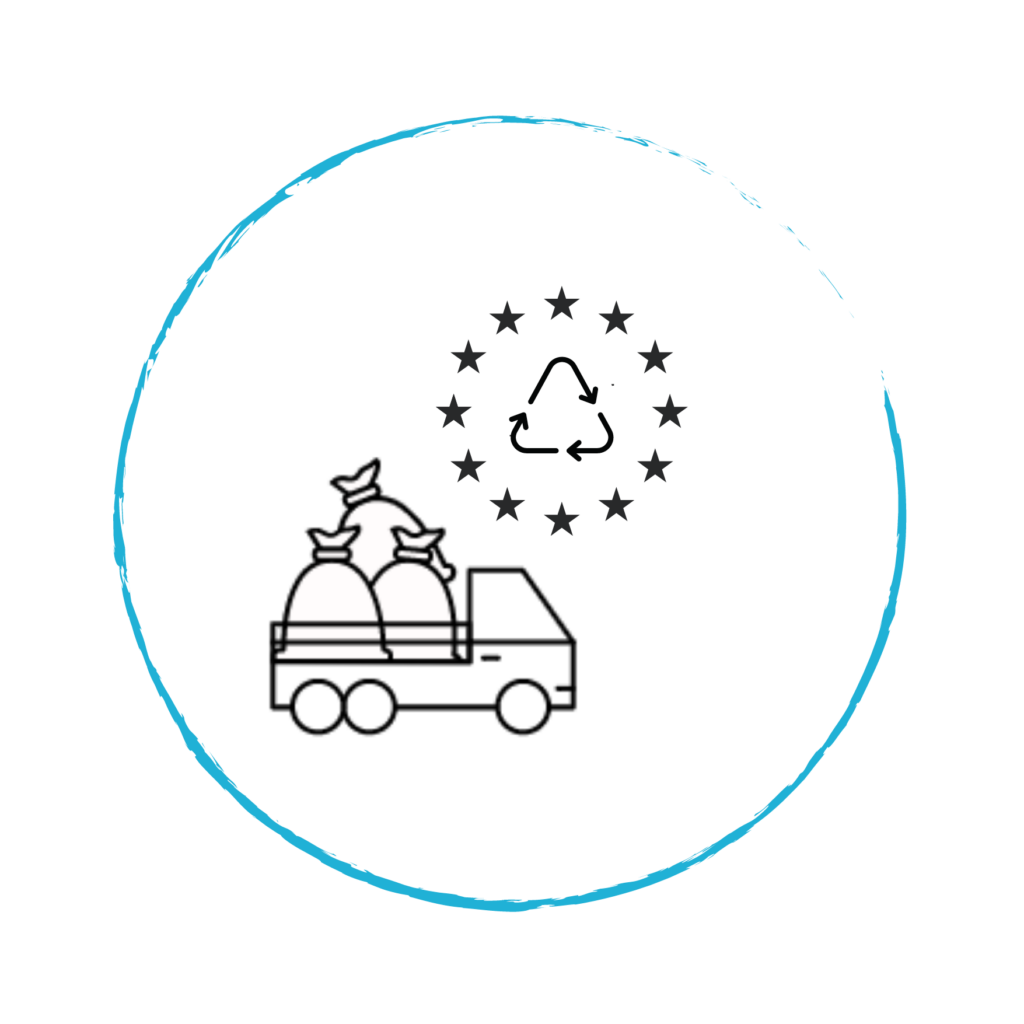
To improve the circularity of plastics, we need to collect and sort more plastic waste, and make sure it gets sent to recycling facilities. These facilities need sufficient quantities of plastic waste to become operational.
Creating a larger market for plastic waste and allowing plastic waste
to be moved between EU member states is paramount to increasing recycling rates.
2. Recognise all recycling technologies across all relevant EU legislation
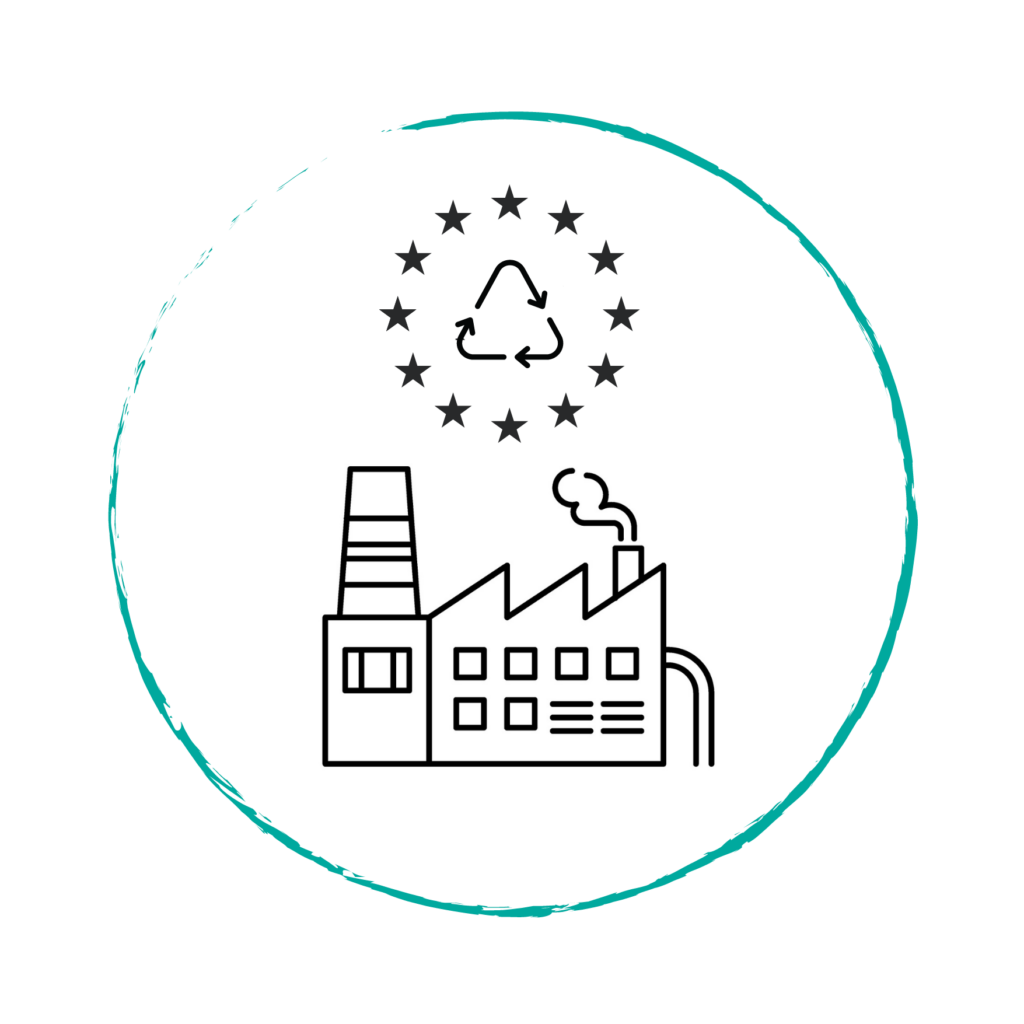
We need all hands on deck to achieve the EU circular economy objectives. Creating an inclusive regulatory framework will help create a breeding ground for innovative recycling technologies.
In particular, chemical recycling and its role need to be recognized under all relevant EU waste and product legislation. Otherwise, waste treated by chemical recycling will not count against EU recycled content target discouraging the market from buying chemically recycled products.
Many players have already announced major commercial scale investments into different chemical recycling technologies in Europe. For these and more investments to happen, a clear mass balance method is required.
3. Recognise a verified mass balance approach to calculate chemically recycled content in plastics and chemicals
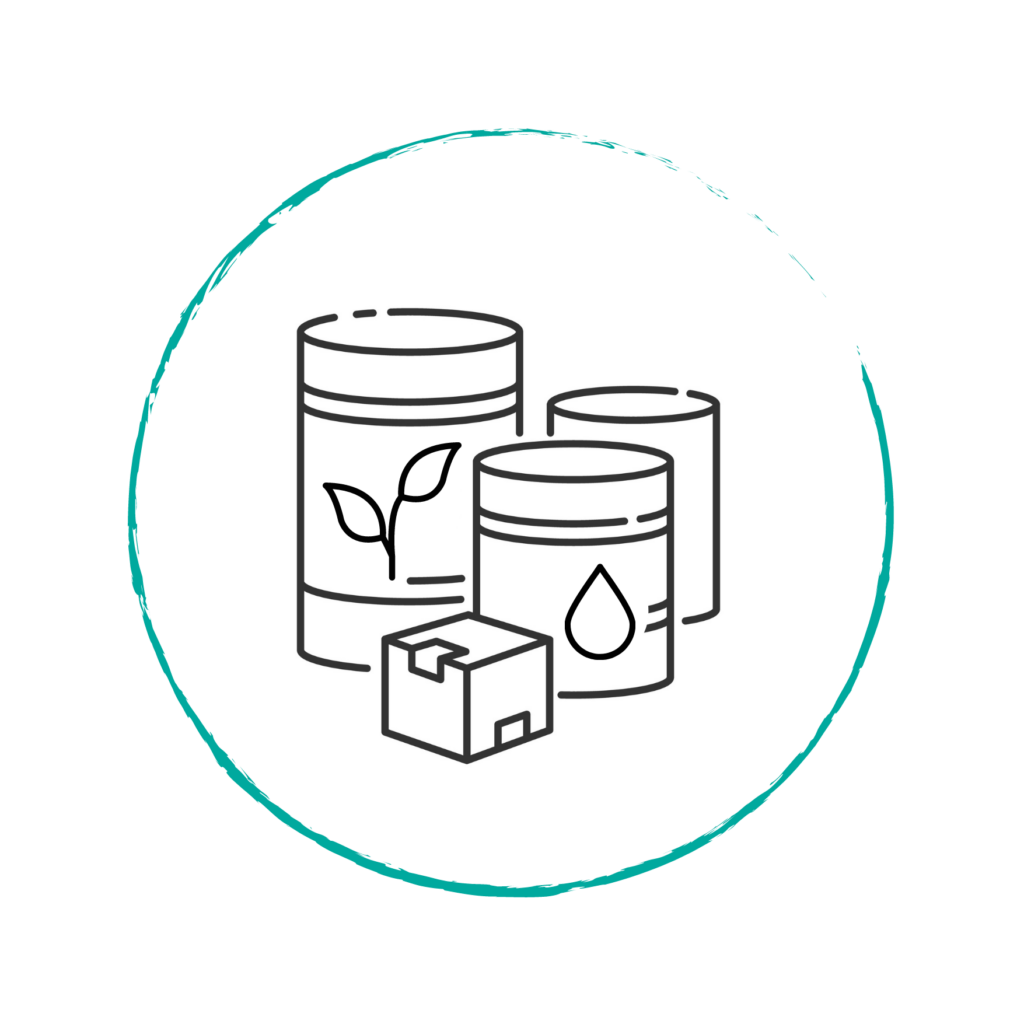
Virgin and recycled feedstocks cannot be physically separated once they are co-fed into production installations. Since it is impractical to build an entirely new stand-alone infrastructure to produce plastics solely from recycled waste, we need to make use of the existing facilities.
This is only possible if we mix recycled feedstock with the virgin one. In this case, we need a methodology to calculate and verify the amount of recycled content allocated to final products based on the amount of recycled feedstock that was put into the system.
Mass balance is one of the well-known and widely used “chain of custody” models that gives a high level of confidence that what is put in the process does come out at the end. It is already successfully deployed in other sectors, including biofuels, cocoa and coffee.
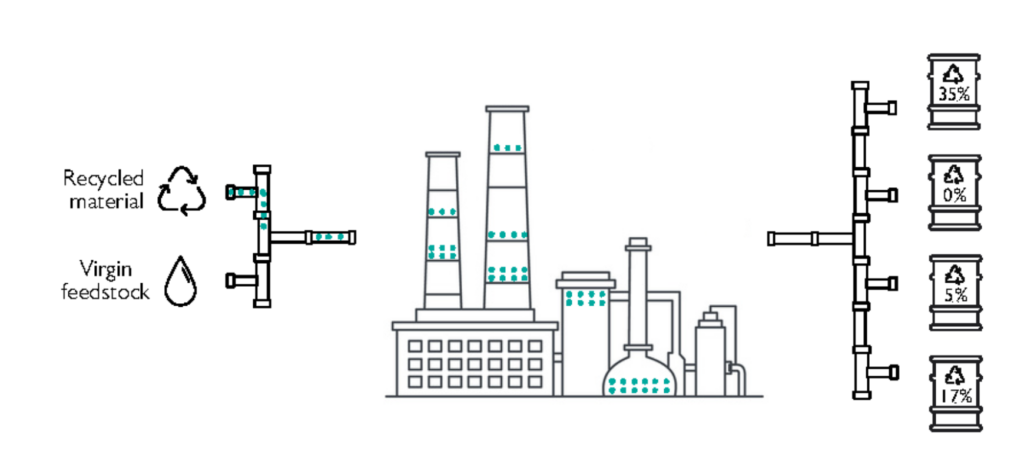
4. Ensure the reliability and workability of mass balance
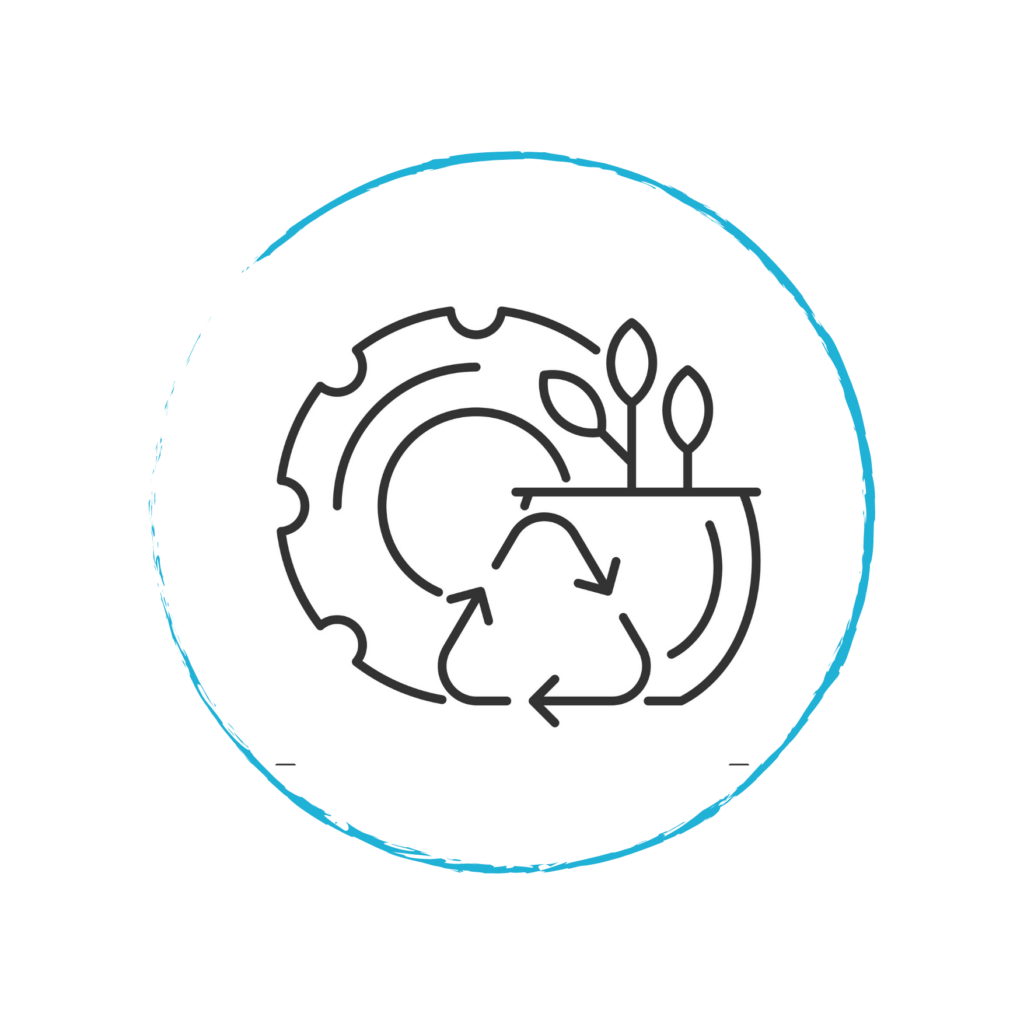
Cefic supports a clear and transparent use of “recycled content” claims. For the mass balance system to be reliable and trustworthy, it needs to :
- Exclude recycled feedstock that is used to produce energy (“fuel-use-exempt model”). Only the feedstock that goes into production of new plastics, chemicals and products can count in the mass balance model (see graph below).
- Allow “credit transfer” to be able to assign recycled content produced in one location for products produced in a different location (but within one company, for the same products and within specific geography). Without it, the “physical” transfer of recycled content would lead to unnecessary additional costs and emissions from transport & logistics.
- Be verified and then certified by third party
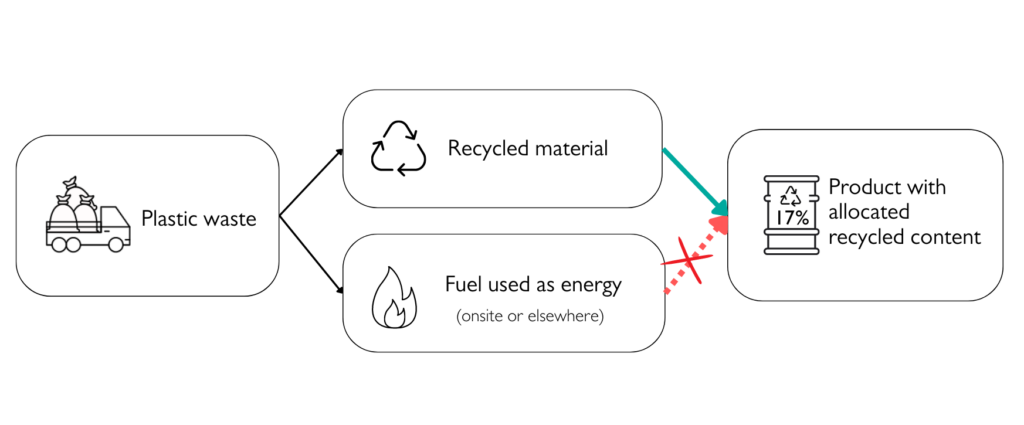
5. Drive investments into plastic recycling R&D programmes and new business models

Encouraging investments along the value chain for all recycling technologies, including chemical recycling, will help scale up the market uptake and improve the technology e.g. make it more resource and energy efficient). It will also help develop new value chains for collection, sorting and recycling of plastic waste, which will generate more jobs and ‘know-how” in Europe.
Ultimately, this will help achieve the EU Green Deal goals and secure the EU’s strategic autonomy.